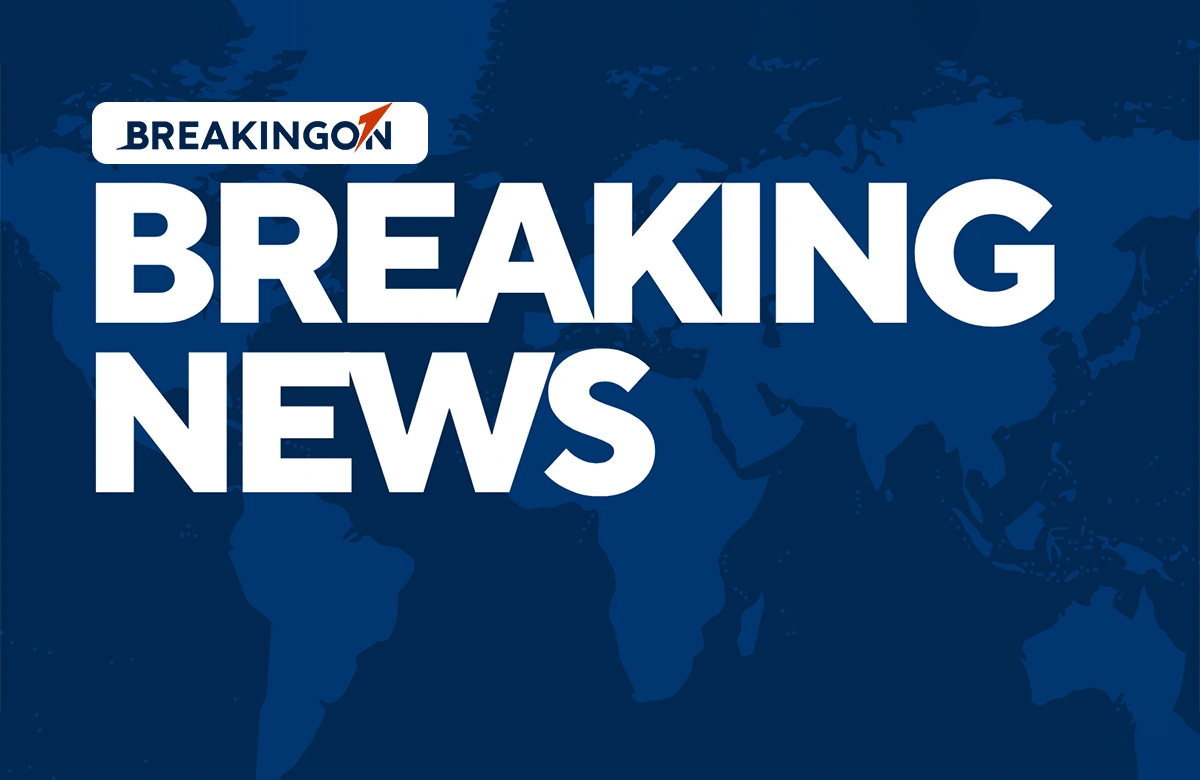
When faced with the alarming possibility of a “city-killer” asteroid on a collision course with the United States, NASA's response was unsettlingly simple: “Pray,” stated Charles Bolden, the former head of the agency. This stark advice highlights the urgent need for enhanced planetary defense measures as scientists have been closely monitoring the night sky for the asteroid YR4, a 90-meter-wide celestial body that posed a significant risk of impacting Earth in 2032.
Fortunately, recent assessments have dramatically reduced the potential threat of YR4, now estimated at a mere 0.004%. Despite this positive news, the risk of future asteroid collisions that could cause catastrophic loss of life remains a serious concern for the space industry. For over two decades, NASA has been bolstering its planetary defense capabilities, collaborating with global space agencies and astronomers to safeguard our planet.
In 1994, NASA was mandated to catalog all asteroids larger than 1 kilometer, a directive that expanded in 2005 to include objects greater than 140 meters in diameter. The responsibility of protecting Earth from these remnants of our solar system's formation now rests with Jared Isaacman, a billionaire astronaut and close associate of Elon Musk, who has been nominated by Donald Trump to lead NASA. At the time of Bolden’s testimony to Congress in 2013, NASA had successfully identified 95% of asteroids capable of threatening human civilization, but only a small fraction of the more than 25,000 smaller “city-killer” asteroids, which are typically harder to track.
The year 2013 was particularly notable when an asteroid exploded over Chelyabinsk, Russia, injuring approximately 1,500 people, serving as a stark reminder of the dangers posed by these space rocks. To address these pressing concerns, NASA established the Planetary Defense Coordination Office in 2016, aiming to enhance monitoring of the most dangerous near-Earth objects (NEOs).
Currently, scientists have mapped about half of the space rocks deemed capable of causing city-wide devastation. Isaacman has expressed concerns that not enough is being done to protect Earth from these threats. He remarked on social media, “Planetary defense against NEO threats seems disproportionately underfunded relative to the likelihood and magnitude of the associated risks and consequences.” Initially, scientists assessed a 3.1% chance of YR4 striking Earth, with some analyses suggesting risks could skyrocket to 20%. This led to the asteroid being assigned a ranking of three on the Torino scale, marking it as one of the most dangerous space objects.
Now, experts believe that YR4 is more likely to collide with the Moon than with Earth. However, this near-miss serves as a crucial wake-up call to enhance our defenses and monitoring systems. Robert Massey from the Royal Astronomical Society emphasized, “It is a reminder that there are a lot of these objects out there. Someday, something like this will hit us.”
A recent NASA wargaming exercise aimed at evaluating the preparedness of the United States and its allies to deflect a potential asteroid strike in 2038 highlighted significant gaps in readiness. Isaacman, 42, enters NASA's leadership amidst job cuts, delays in the Moon program, and challenges with the agency's flagship rocket project. He faces competing priorities, with Musk advocating for a shift away from lunar missions to focus on Mars exploration.
Historically, NASA's planetary defense initiatives have struggled with funding. Isaacman, a government outsider and founder of Shift4 Payments, a company valued at $8 billion, has also established a reputation as an adventurous entrepreneur, owning the world's largest fleet of private fighter jets. Interestingly, he has made substantial donations to the Democratic Party, showcasing a nuanced political stance.
Isaacman's appointment has been met with optimism within the industry. Chris Quilty of Quilty Space remarked on his pro-commercial approach and strong ties to SpaceX. However, some major NASA contractors may view his leadership with skepticism. Isaacman has openly criticized NASA’s funding for the Space Launch System (SLS) program, which faces a hefty price tag of $24 billion and is essential for lunar exploration. Musk's intentions to prioritize SpaceX’s own rockets could influence future funding and strategic decisions.
In terms of planetary defense, SpaceX has been instrumental in testing humanity's readiness for potential asteroid threats. A landmark achievement occurred in 2019 with NASA's Double Asteroid Redirection Test (DART), whereby a probe successfully collided with the asteroid Dimorphos to alter its orbit. This mission demonstrated the viability of future asteroid deflection strategies, emphasizing the necessity for early detection of potential threats.
A robust network of observatories is already in place to monitor the cosmos for hazardous asteroids. In the U.S., a $1.9 billion observatory in Chile is set to provide detailed mappings of the night sky. Additionally, NASA's upcoming Near-Earth Object Surveyor mission, scheduled for launch in 2027, aims to enhance detection capabilities using infrared technology, with the objective of tracking 90% of all hazardous space rocks.
Lord Dover from Bayfordbury Observatory states that these initiatives should significantly improve our ability to identify potential threats early. “The earlier we can discover a potential impactor, the sooner we can act,” he noted. The YR4 incident has provided invaluable insights for NASA and its partners, allowing them to refine their planetary defense strategies.
As Isaacman prepares to lead NASA, he emphasizes the importance of space exploration and its role in ensuring humanity's survival beyond Earth. He believes that planetary defense missions will be crucial for protecting future generations against catastrophic events. With the looming threats of asteroids and the potential for devastating impacts, the need for robust planetary defense mechanisms has never been more critical.